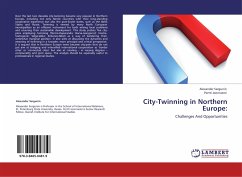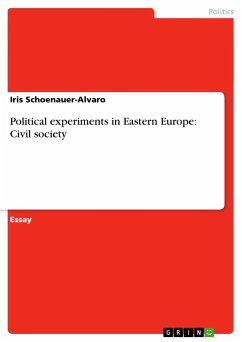Over the last two decades city-twinning became very popular in Northern Europe, including not only Nordic countries with their long-standing cooperative experience but also the post-Soviet states, such as the Baltic States and Russia. Twinning is viewed by many North European municipalities as an efficient instrument for both solving local problems and ensuring their sustainable development. This study probes five city-pairs employing twinning (Tornio-Haparanda; Narva-Ivangorod; Imatra-Svetogorsk; Valga-Valka; Kirkenes-Nikel) as a way of bolstering their somewhat marginal position. It also aims at discussing the dynamics and meaning of twinning in a broader, more principal and critical perspective. It is argued that in Northern Europe twins became city-pairs that do not just aim at bridging and intensified international cooperation as border cities or connected cities but also at creating in varying degrees communality and joint space. The analysis should be especially useful to professionals in regional studies.
Bitte wählen Sie Ihr Anliegen aus.
Rechnungen
Retourenschein anfordern
Bestellstatus
Storno








